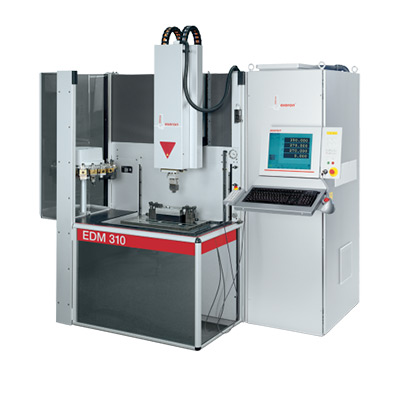downpipe coupling
Understanding Downpipe Couplings An Essential Component in Plumbing Systems
In the realm of plumbing and drainage systems, downpipe couplings play a crucial role in ensuring the efficient removal of rainwater and other liquids from roofs and buildings. These fittings, often made from durable materials such as PVC, cast iron, or stainless steel, facilitate the connection of various downpipe segments, creating a seamless conduit for water flow. In this article, we will explore the importance of downpipe couplings, their types, installation processes, and maintenance tips.
What are Downpipe Couplings?
Downpipe couplings are connectors designed to join different lengths of downpipes, ensuring a consistent and smooth pathway for water. Downpipes are vertical pipes that transport rainwater from the roof gutters to the ground drainage system. The couplings enable the creation of flexible drainage arrangements, making it possible to adapt to various architectural designs and building layouts.
Types of Downpipe Couplings
There are several types of downpipe couplings available, each suited for specific applications and materials. The most common types include
1. Push Fit Couplings These couplings are easy to install and require no special tools. They are designed to create a tight seal when the downpipe segments are pushed together, making them ideal for DIY plumbing projects.
2. Screwed Couplings These couplings come with threaded ends that are screwed together, providing a secure connection. They are often used in metal downpipes where strength and durability are critical.
3. Welded Couplings Primarily used in commercial applications, welded couplings offer a permanent and robust connection. The welding process creates a strong bond, making these couplings resistant to extreme weather conditions.
4. Flexible Couplings These are designed to accommodate slight misalignments between downpipe sections. They can absorb vibrations and movements, making them ideal for pipes that may experience expansion or contraction.
Installation Process
Installing downpipe couplings is a straightforward task, but it requires attention to detail to ensure that water flows smoothly without leaks. Here are the general steps involved in the installation process
downpipe coupling

1. Measure and Cut Begin by measuring the required lengths of the downpipe and cut them using a suitable pipe cutter.
2. Align the Pipes Position the two pipe segments that need to be connected. Ensure they are properly aligned for a seamless flow.
3. Attach the Coupling Depending on the type of coupling used, either push, screw, or weld the coupling onto the pipes. Make sure it fits snugly to prevent any potential leaks.
4. Seal the Joints For added protection against leaks, apply a waterproof sealant around the joint, especially in push fit and screwed couplings.
5. Test for Leaks After installation, conduct a water flow test to ensure there are no leaks at the coupling joints.
Maintenance Tips
Regular maintenance of downpipe couplings is essential for preventing clogs and ensuring optimal performance. Here are some tips
- Inspect Regularly Periodically check for any signs of wear, rust, or damage. Promptly replace any compromised couplings.
- Clear Debris Keep the downpipes clear of leaves, twigs, and other debris that can cause blockages.
- Check Seals Ensure that all seals are intact. Replace any worn-out sealant to maintain a watertight connection.
In conclusion, downpipe couplings are indispensable components of effective plumbing systems. By understanding their types, installation procedures, and maintenance requirements, homeowners and builders can ensure that their downpipe systems operate efficiently, protecting their properties from water damage and ensuring proper drainage.
-
Ultimate Spiral Protection for Hoses & CablesNewsJun.26,2025
-
The Ultimate Quick-Connect Solutions for Every NeedNewsJun.26,2025
-
SAE J1401 Brake Hose: Reliable Choice for Safe BrakingNewsJun.26,2025
-
Reliable J2064 A/C Hoses for Real-World Cooling NeedsNewsJun.26,2025
-
Heavy-Duty Sewer Jetting Hoses Built to LastNewsJun.26,2025
-
Fix Power Steering Tube Leaks Fast – Durable & Affordable SolutionNewsJun.26,2025

